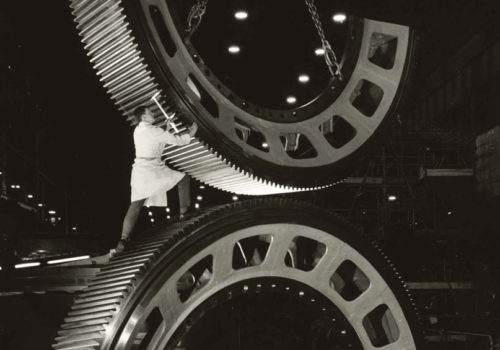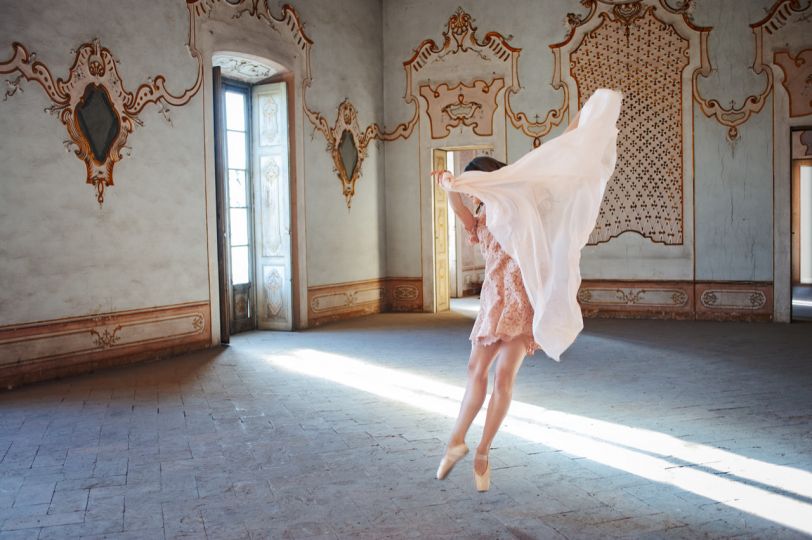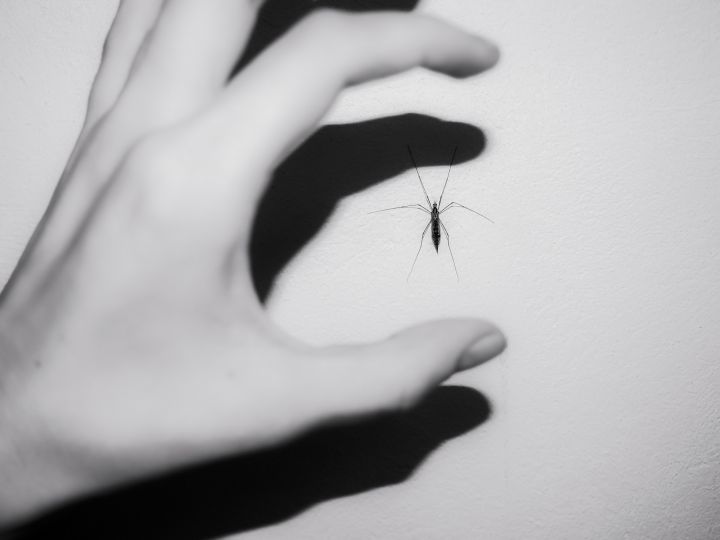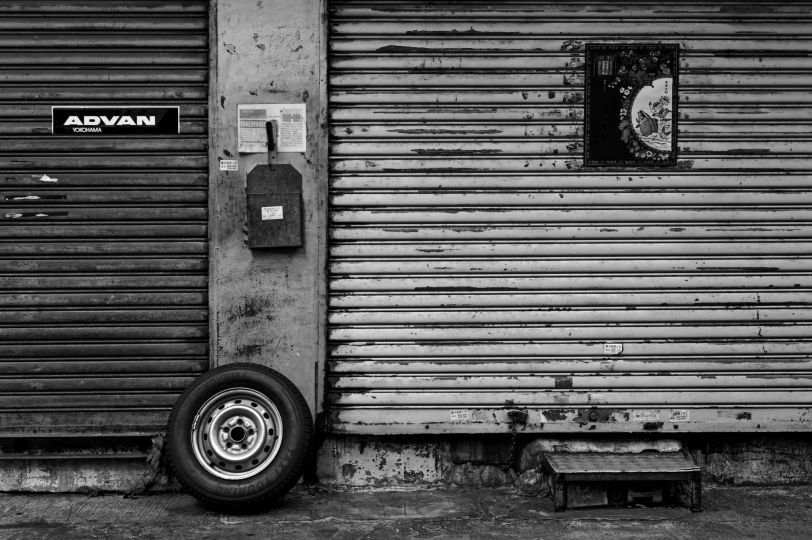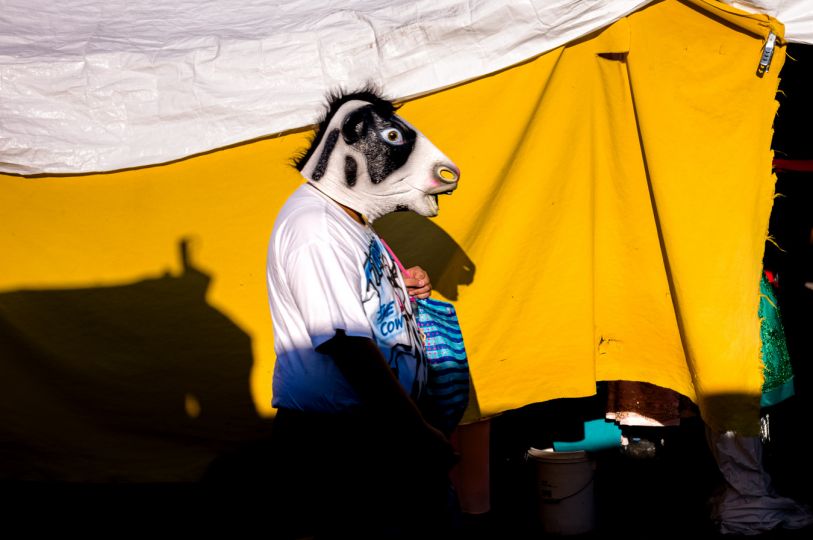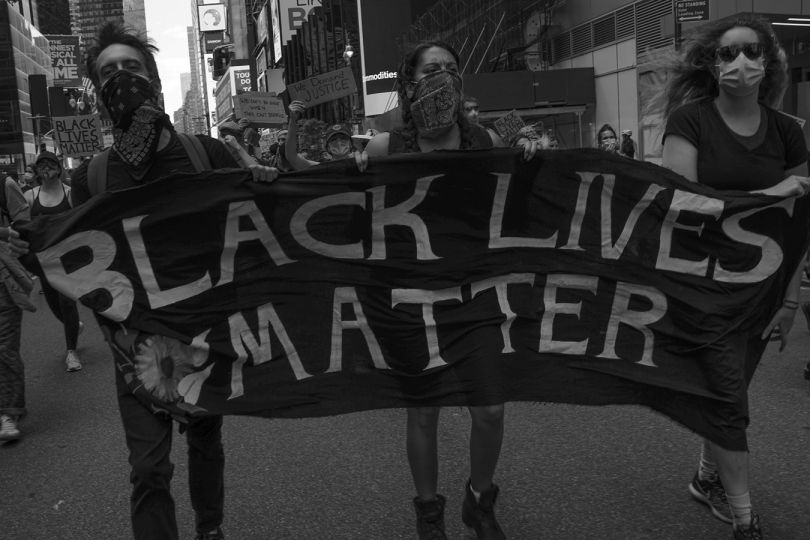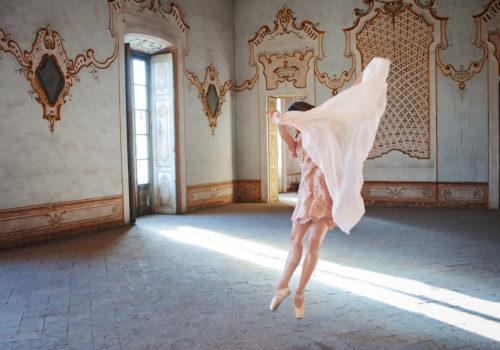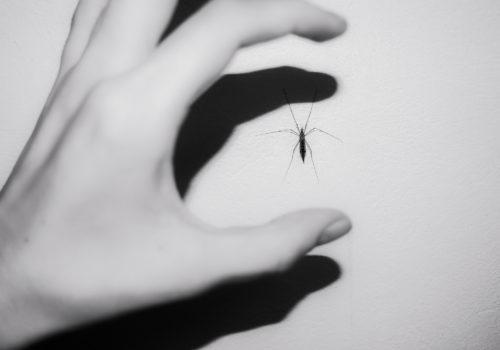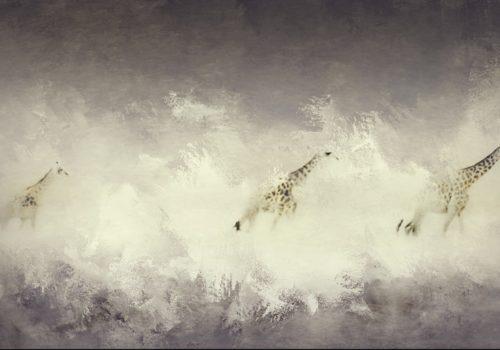Considered one of the world’s great industrial and architectural photographers, Wolfgang Sievers (1913-2007), a student of Bauhaus, fled Nazi Germany for Australia at the outbreak of WWII. In 1939 he opened his photographic studio in Melbourne and became one of Australia’s most renowned photographers with many of his images icons of the industrial age in this country.
Since his death in 2007, Naomi Cass the director of Melbourne’s Centre for Contemporary Photography (CCP) has pondered how to combine contemporary practice with Sievers own work. The outcome is “The Sievers Project” in which six “early career” photo-media artists have responded to Sievers’ photographs in both direct and more esoteric styles.
The Sievers Project artists – Jane Brown, Cameron Clarke, Zoe Croggon, Therese Keogh, Phuong Ngo, and Meredith Turnbull – were given an open brief says Kyla McFarlane, Associate Curator at CCP, who co-curated the exhibition. “The only remit was to respond to his work or his life or his philosophy…All responded quite respectfully, and have taken quite interesting lateral and sometimes more direct responsive approaches”.
McFarlane says Clarke and Brown focused on some of Sievers more commercial images. Both visited various sites that Sievers had photographed including the Ford Factory and AMCOR’s Australian Paper Mills in Melbourne. Brown also visited “an old mining site in Broken Hill, which is a graveyard for machinery. There’s a certain poetic melancholy to these images. Jane prints her own work and uses interesting tones including gold. The prints are arranged in grids so you can see this mass of machinery and the abandoned nature of the place. We’ve hung Jane’s work opposite Sievers’ images and there is a real conversation between the pair”.
At a textiles plant in the Victorian country town of Wangaratta Clarke took a different approach. With his idea being to capture the “theatrical drama of Sievers work, Cameron has taken portraits of the machines and the individuals,” offers McFarlane. “The workers in these photographs look so human and almost sweaty against these machines that are still in operation”.
Photo-media artist Zoe Croggon has taken Sievers’ photographs and used them underneath her collage works that are printed on aluminium. Suspended from the ceiling on wires, these two images overlap and juxtapose the athleticism of the human form against cold steel.
Phuong Ngo drew on his migrant heritage to tell a personal story about his mother and other Vietnamese women who worked as seamstresses in backyard workshops. Using the sewing machine as the lynchpin, his portraits explore the relationship between the machines and the women. McFarlane says this work is a personal homage to Ngo’s childhood. “Phuong said that when he was growing up the sewing machine’s sound was like a Vietnamese lullaby…so here he’s taken a nub of Sievers’ work and placed it within his own history”.
In addition to the more traditional photographic representations are works that feature fabric, sculpture, collage and photolithographs. Using photography and original sculpture, artist Therese Keogh chose a photograph Sievers took in Rome of The Forum on which to frame her response. McFarlane says Keogh’s approach is centred on what she’s defined as “anomalies in Sievers’ practice”. Another installation artist and designer Meredith Turnbull, has used Sievers’ portrait of designer Gerard Hearbst as inspiration. Hearbst was an immigrant like Sievers. In this portrait Hearbst is pictured waving a bolt of fabric like a flag. It is this image that Turnbull has collaged and printed onto fabric as her response to a master’s work.
EXHIBITION
The Sievers Project
From June 13th to August 31st, 2014
CCP – Centre for Contemporary Photography
404 George Street
Fitzroy, Victoria 3065
Australia

